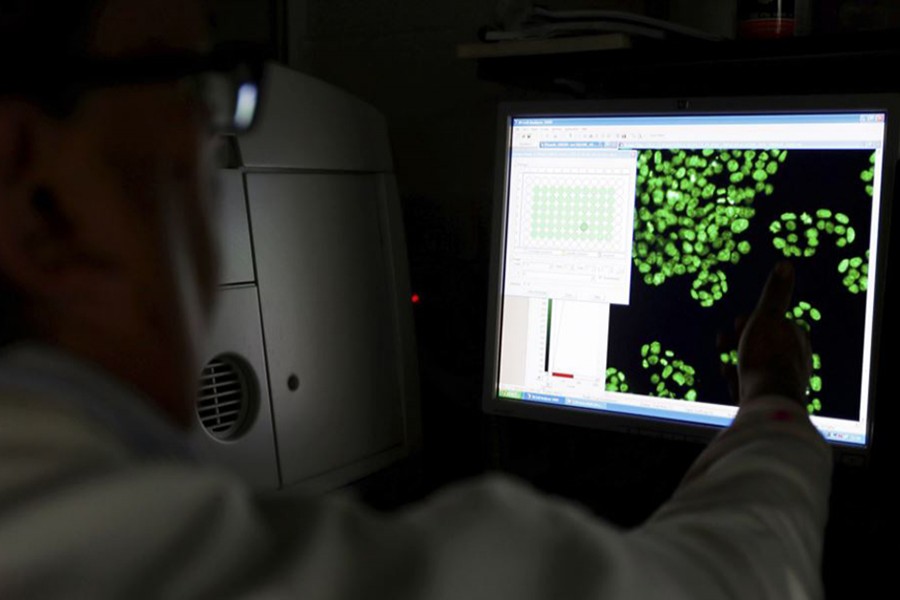A study published in the journal Chem showed that a combination of existing drugs could reduce the size of cancerous tumours much more effectively than current treatments.
Researchers from the University of Texas at Austin and Korea University have demonstrated the new approach to blocking cancer-drug resistance that they believe could be applied to any type of cancer.
The combination therapy produced 50 per cent smaller tumors in mice compared with a traditional treatment with the same drugs given separately.
Many highly effective anti-cancer drugs couldn't stay effective long and most tumours will become drug resistant over time as their cells rapidly mutate, according to the study published on Thursday.
The combo they developed was composed of Doxorubicin (DOX), a powerful cancer chemotherapy agent that's been used for decades, and a dichloroacetic acid (DCA) subunit, which reverses a cell's metabolism to anaerobic, thus keeping the tumour out of breath.
According to the researchers, a cancerous tumour tend to have a hard time catching its breath in early-stage, and shifts to less effective anaerobic metabolism, which requires no oxygen and is vulnerable to chemical therapy.
But as tumours mature and shift their metabolism to aerobic, they often become drug resistant, a life-threatening twist for patients. That's where DCA can play its role.
"When it switches to a more normal metabolism, it develops resistance," said Jonathan Sessler, a professor at University of Texas, Austin and co-lead author of a study. "But if we stop it from switching, we can keep exploiting that vulnerability."
Also, the key to its effectiveness was that the two active elements were combined in a single molecule so that when they reached cancer cells, they were in the same place at the same time, according to Sessler.
In the study, tumour-bearing mice that were given their drug had about 75 per cent smaller tumours after two months than the mice that were not treated and tumours half the size of the ones found in mice receiving the same drugs separately.
The mice bore tumours that were already resistant to the chemotherapy drug Dox, showing that the combined experimental drug did overcome resistance.


